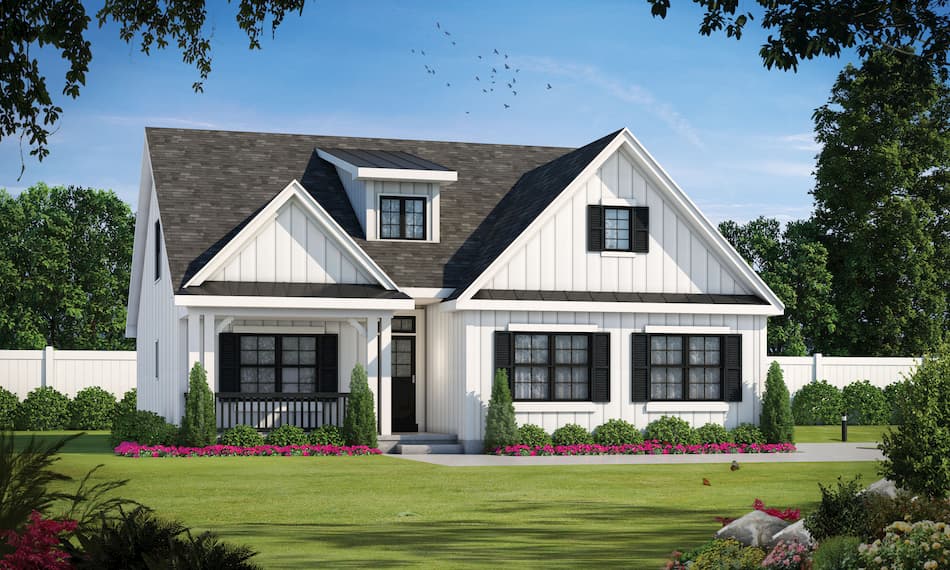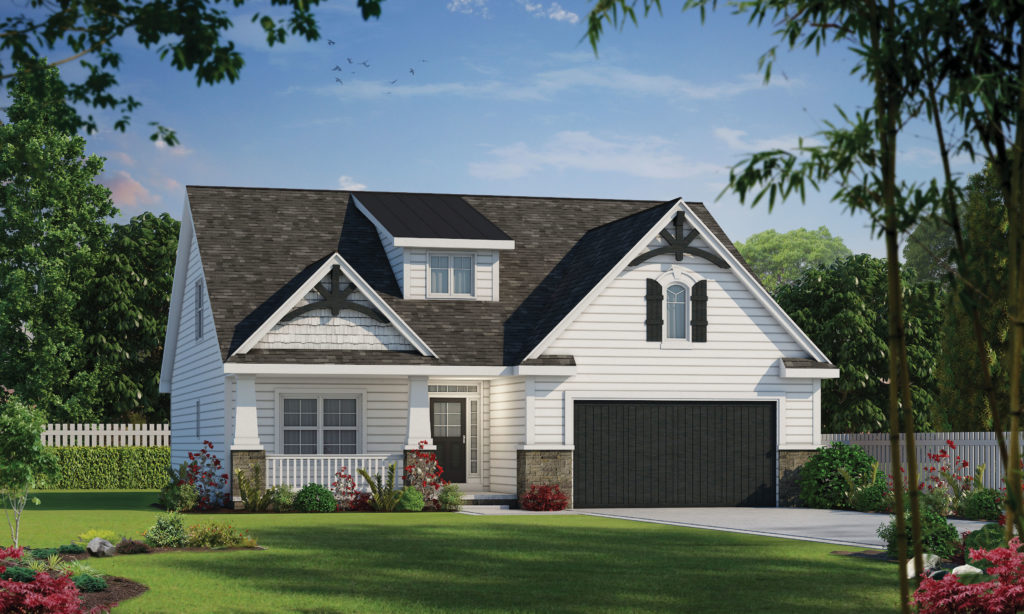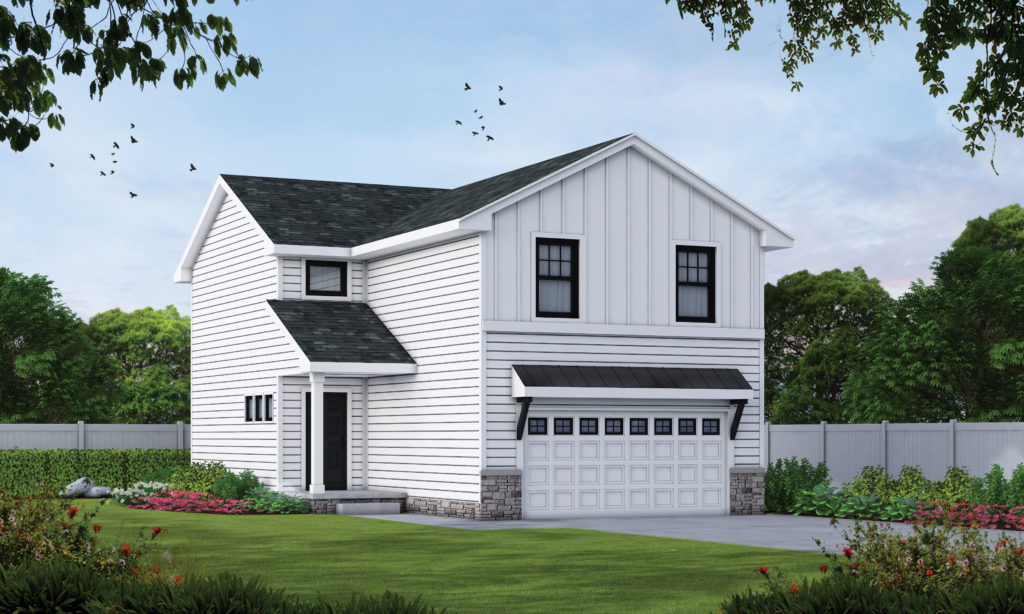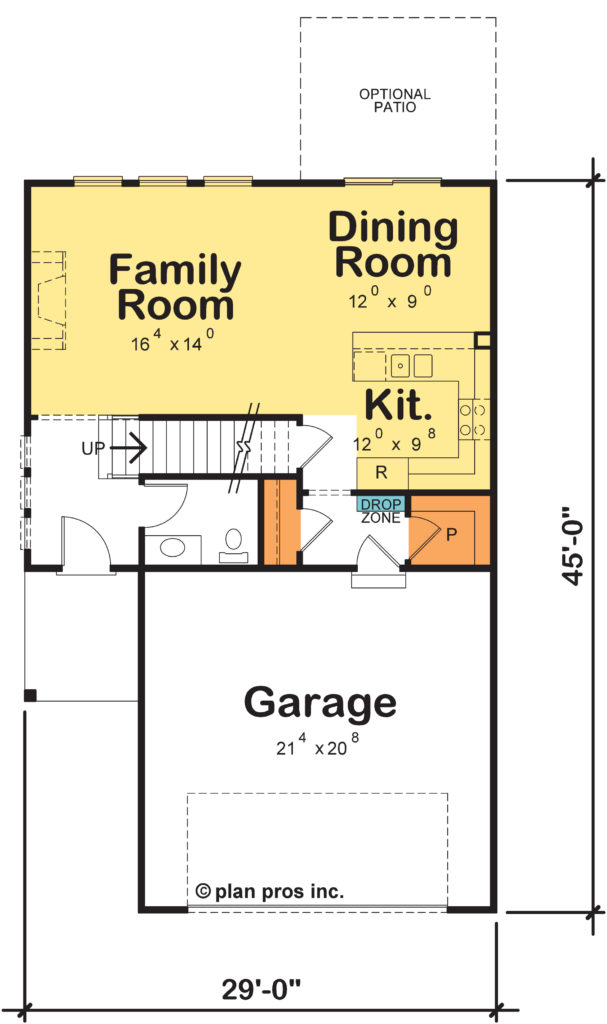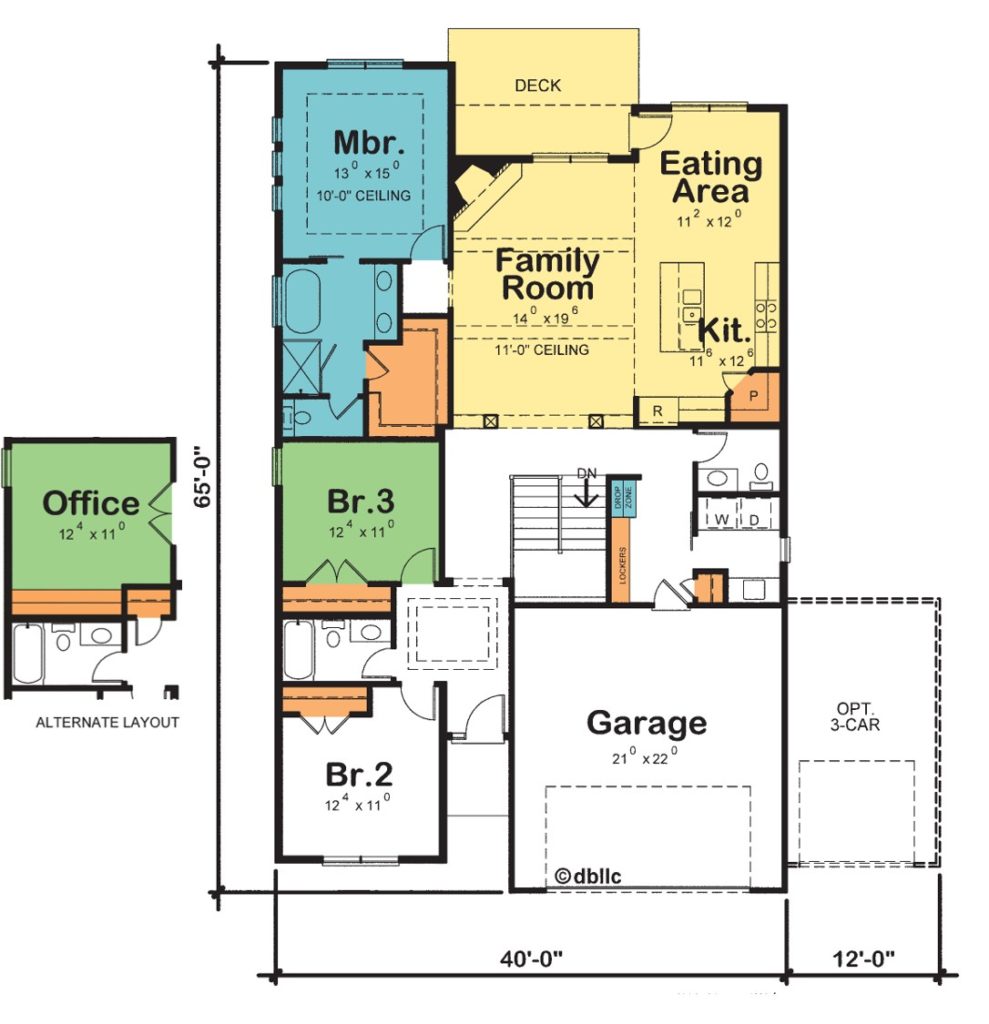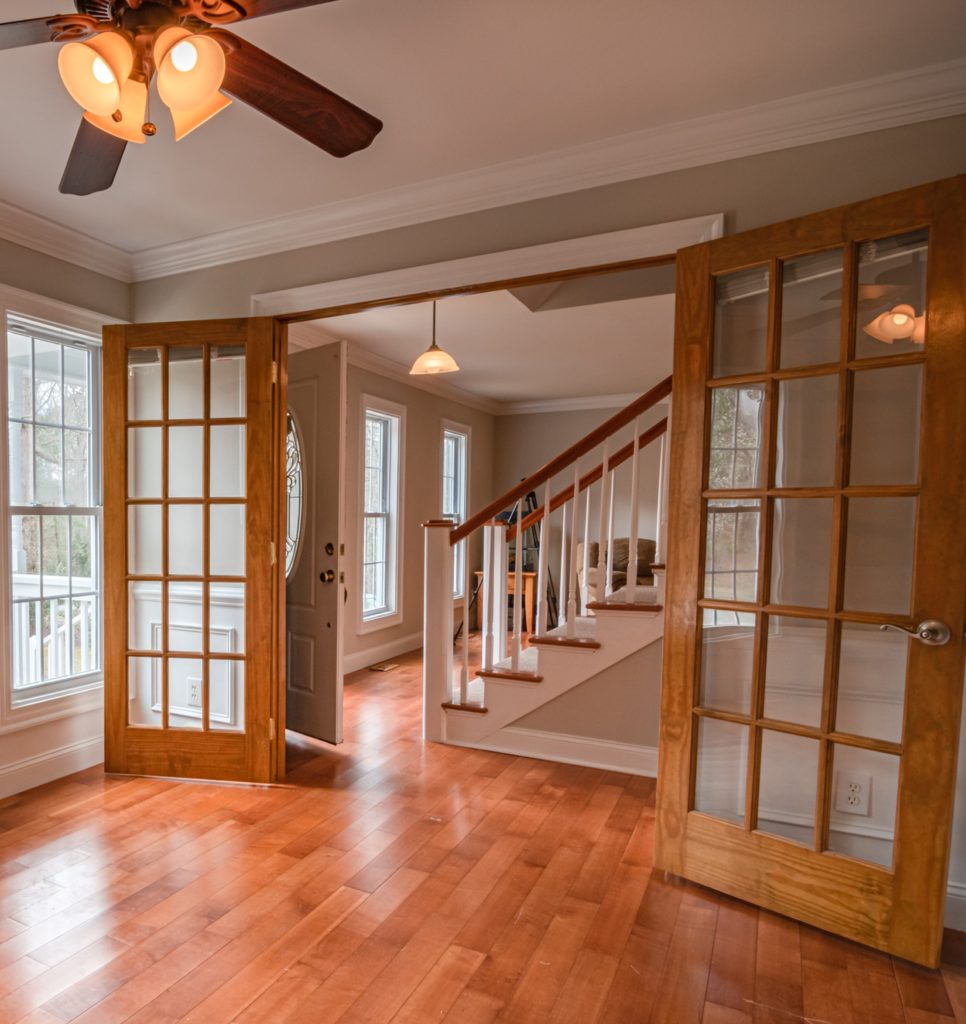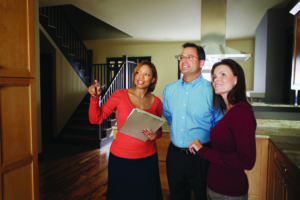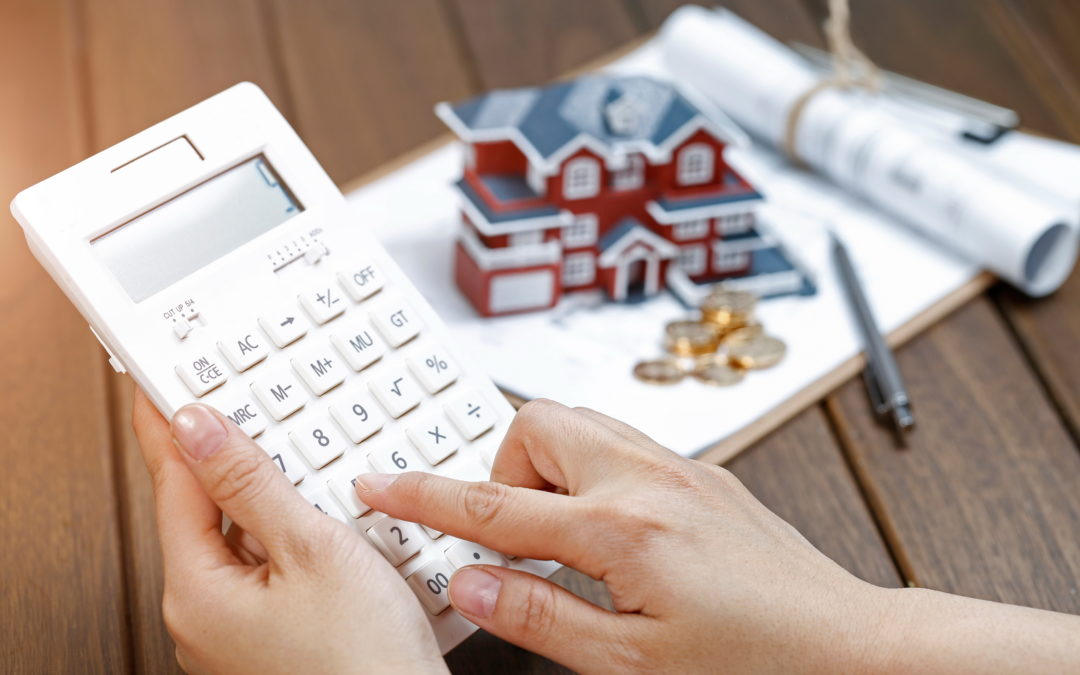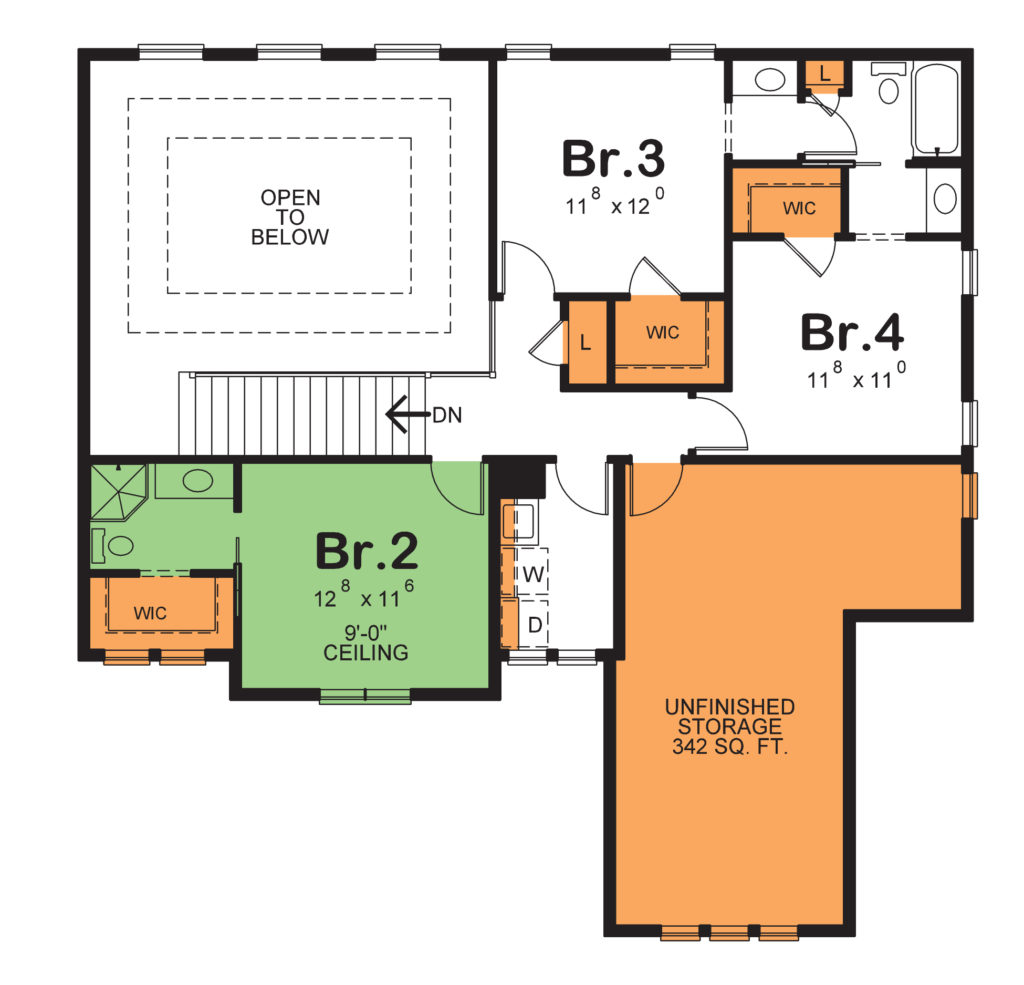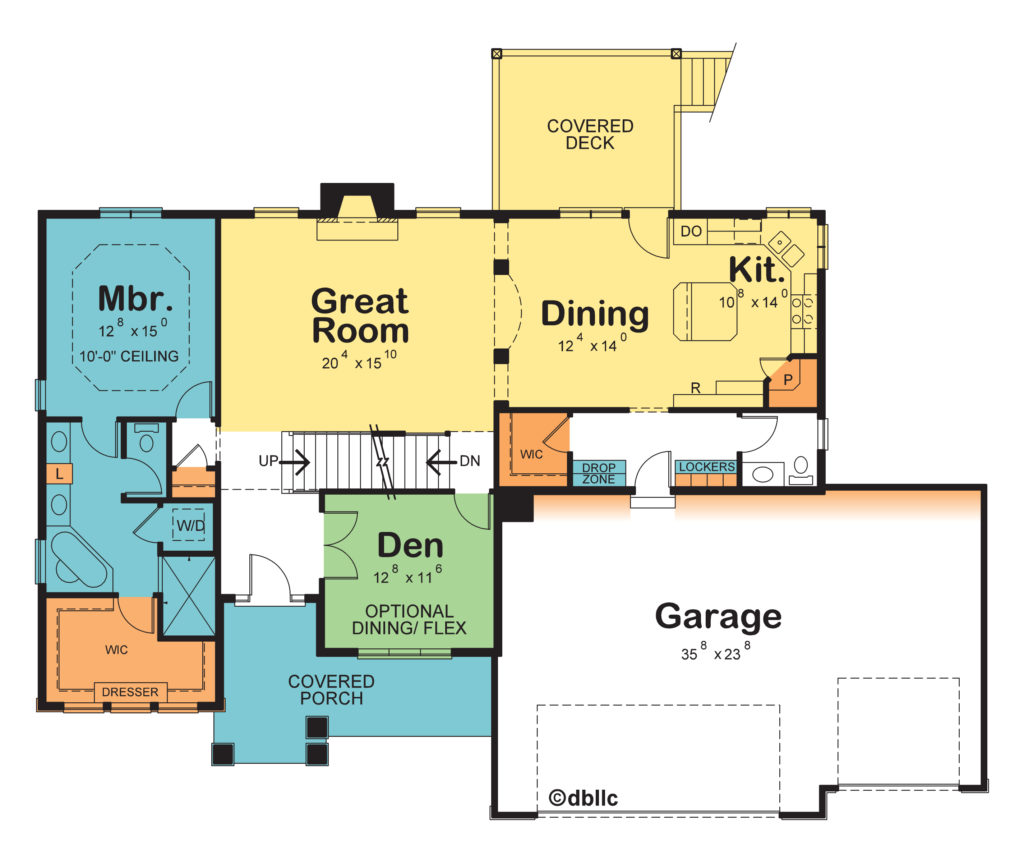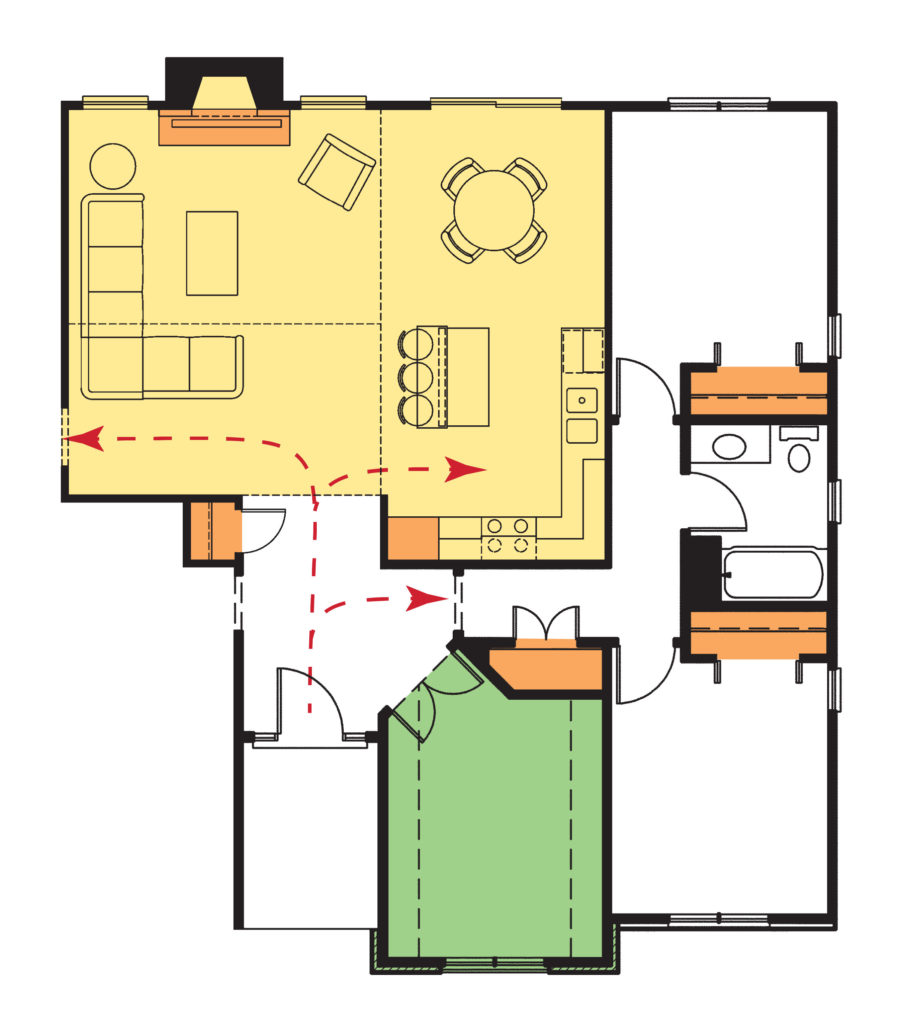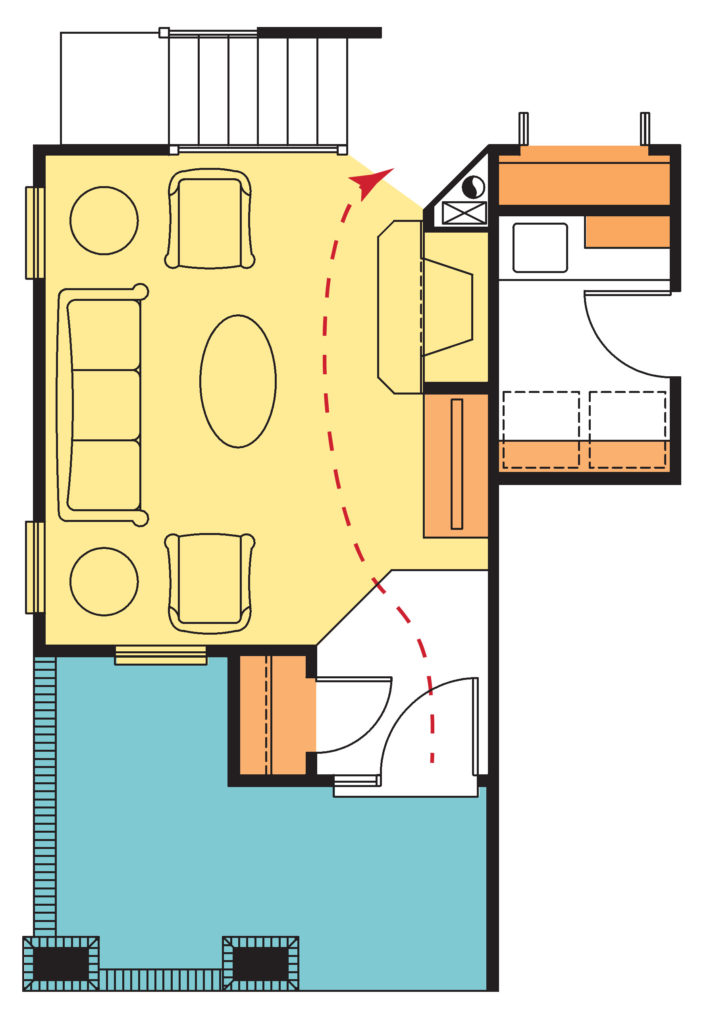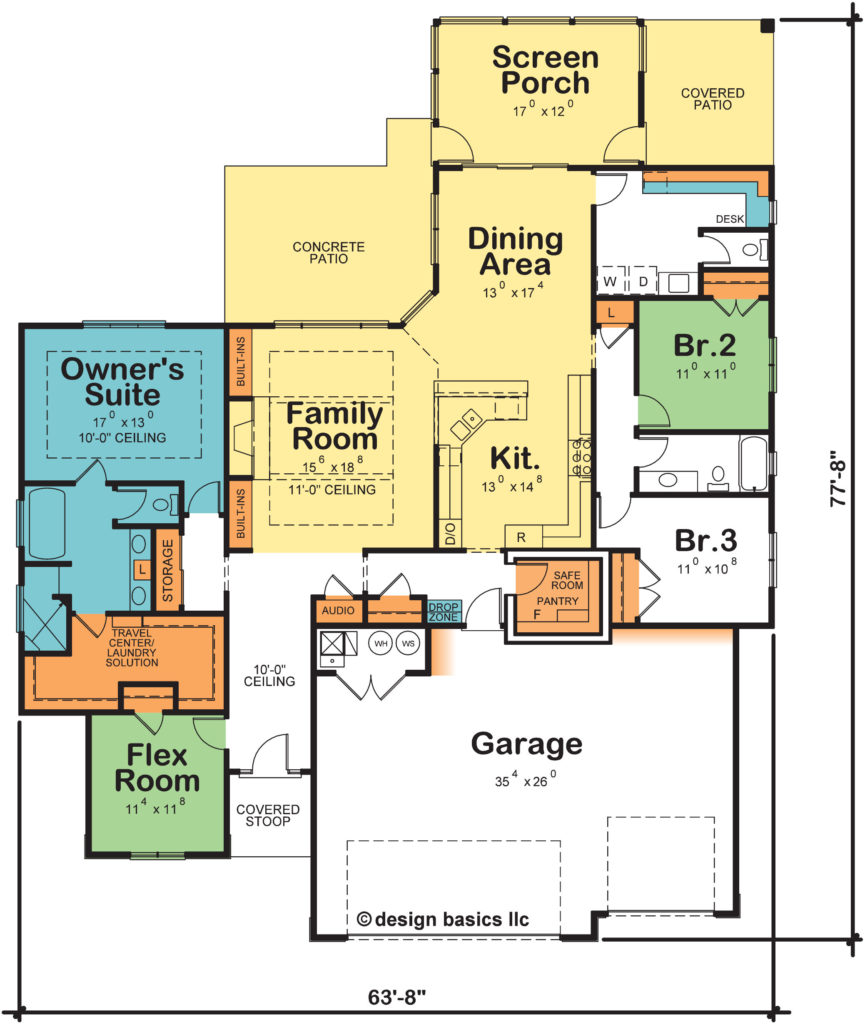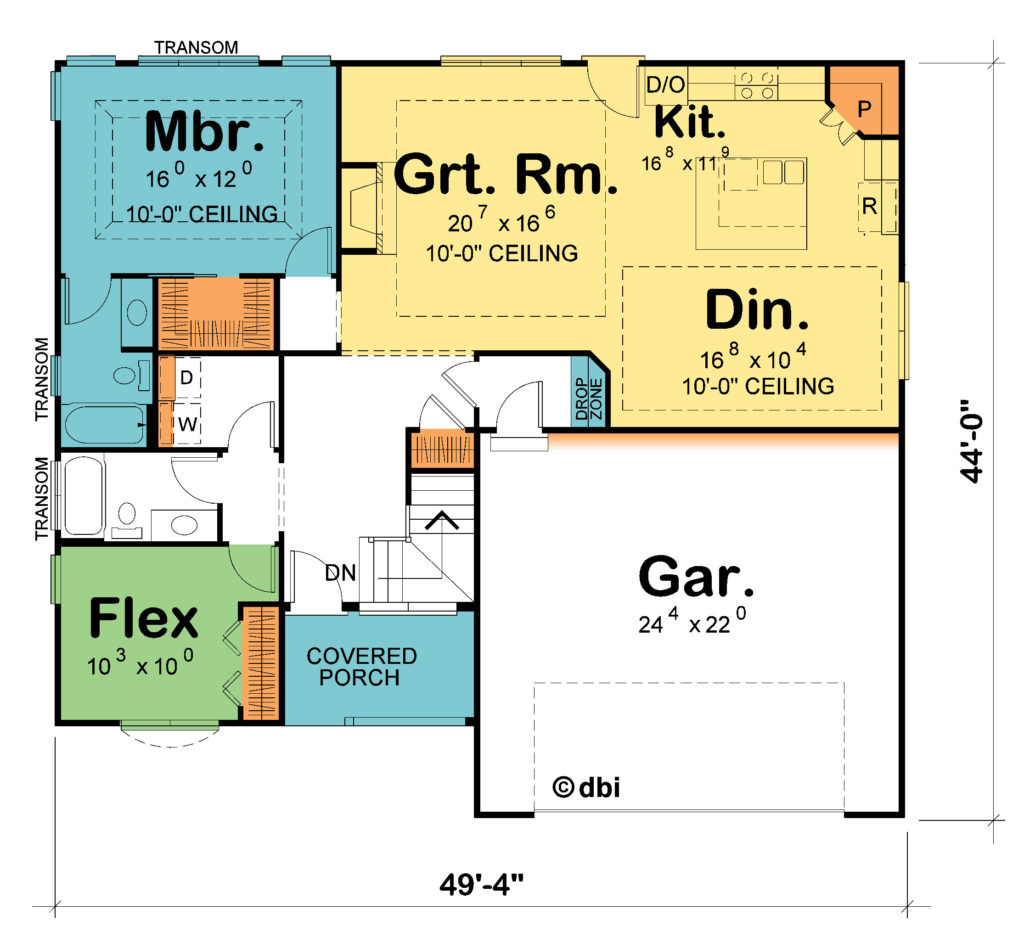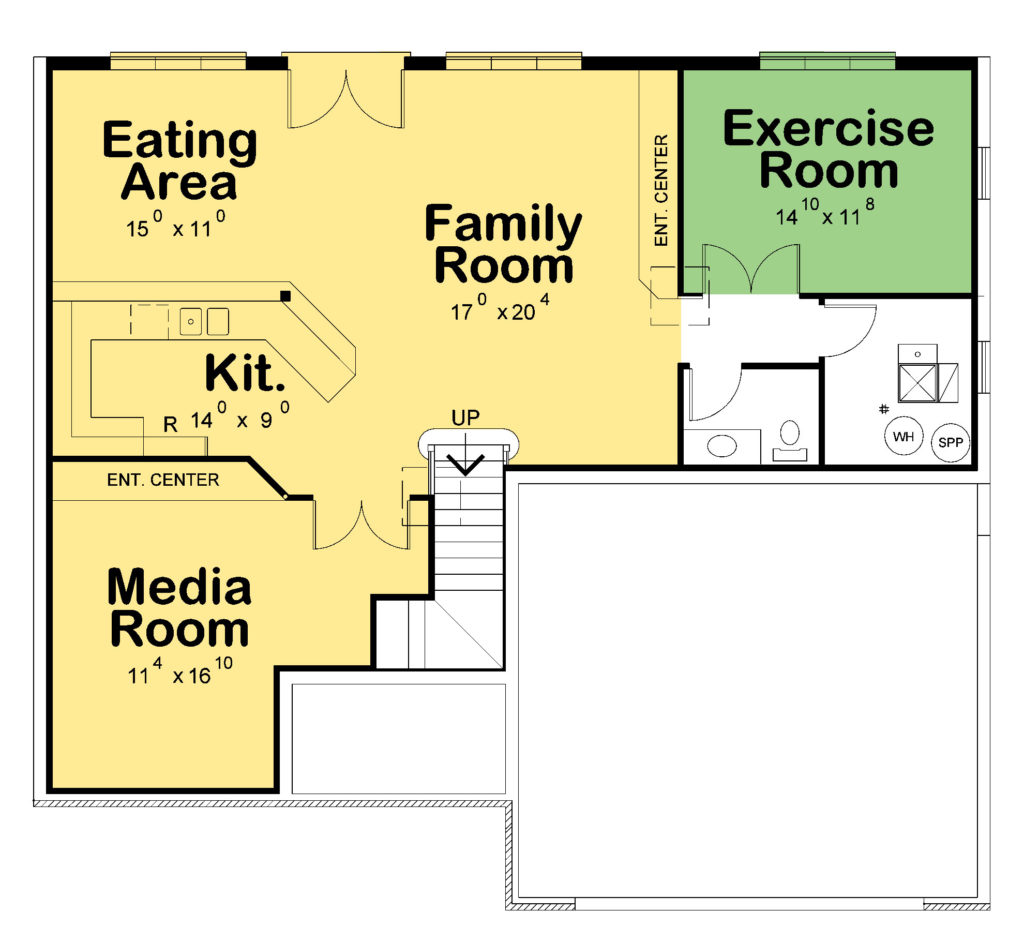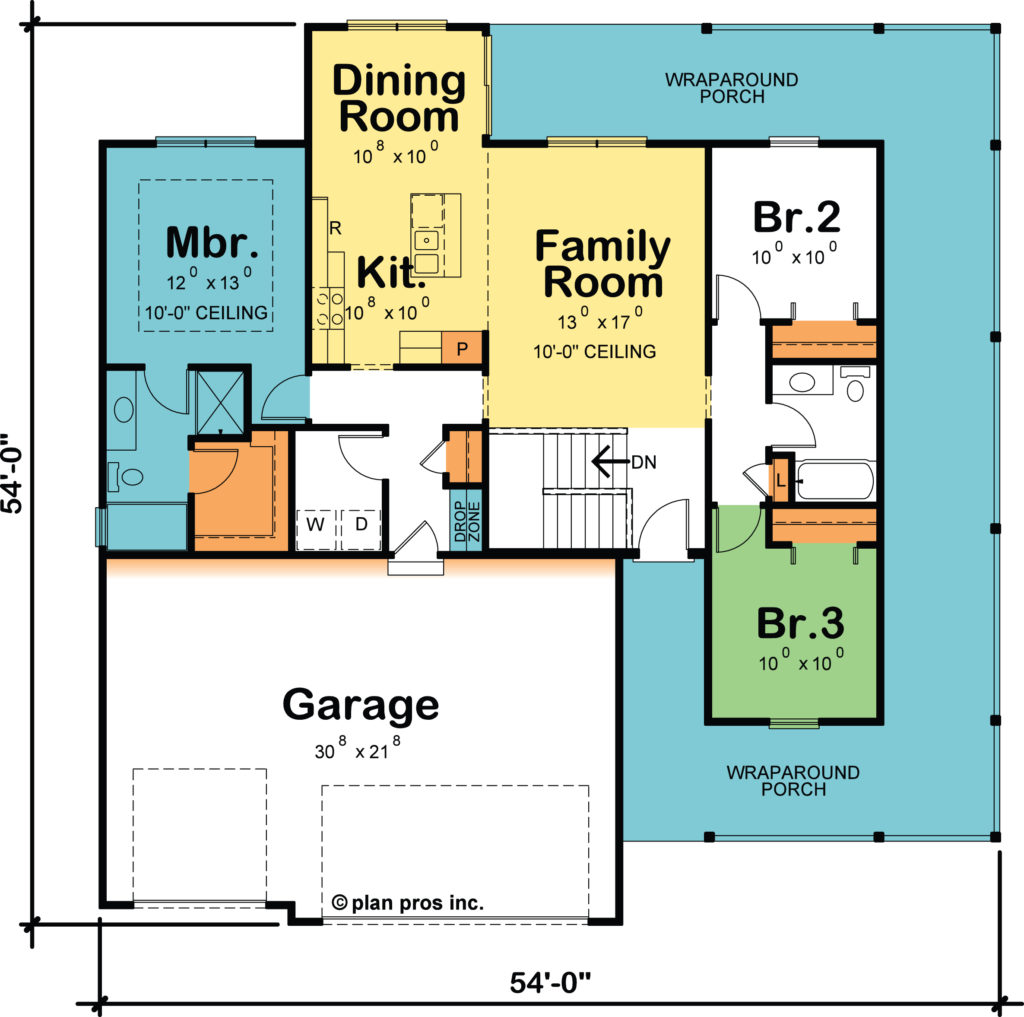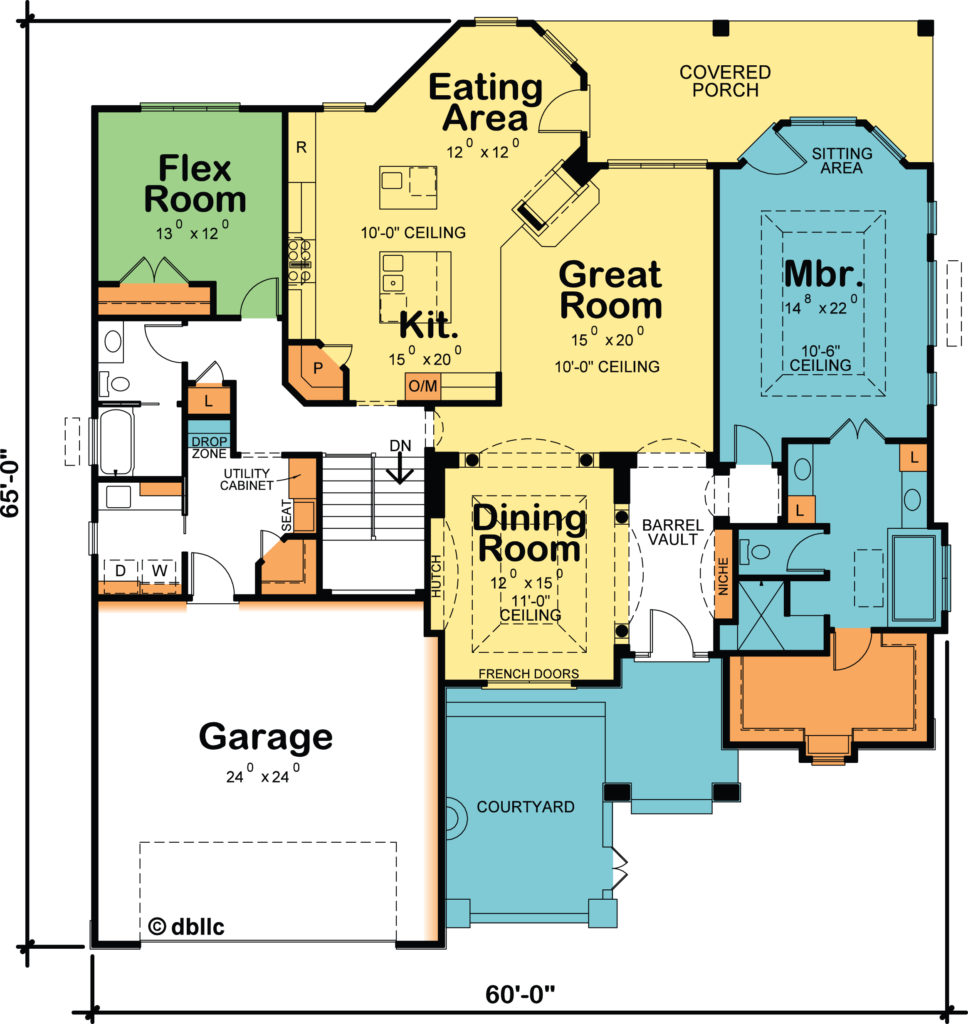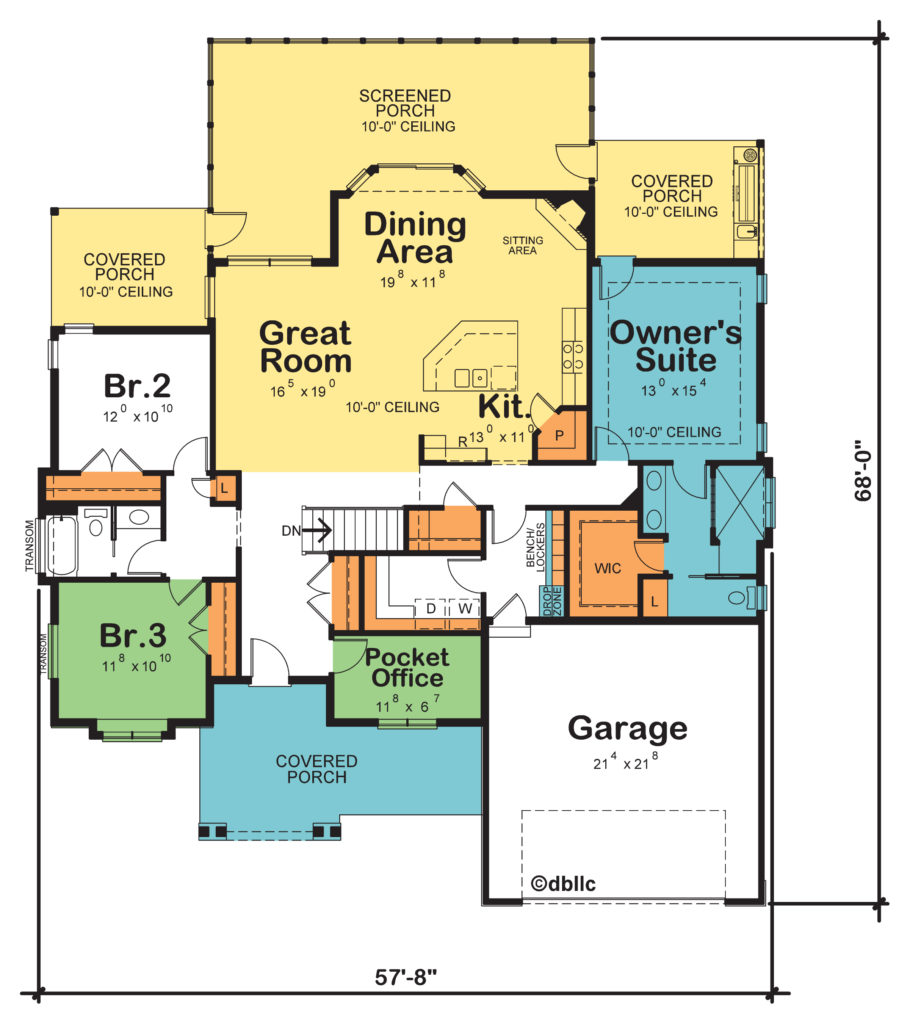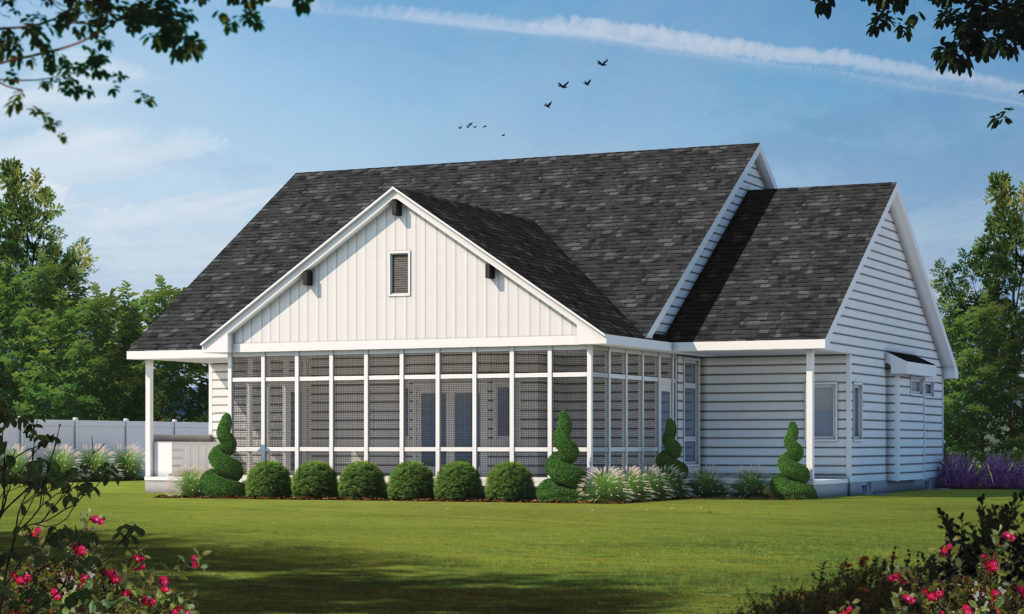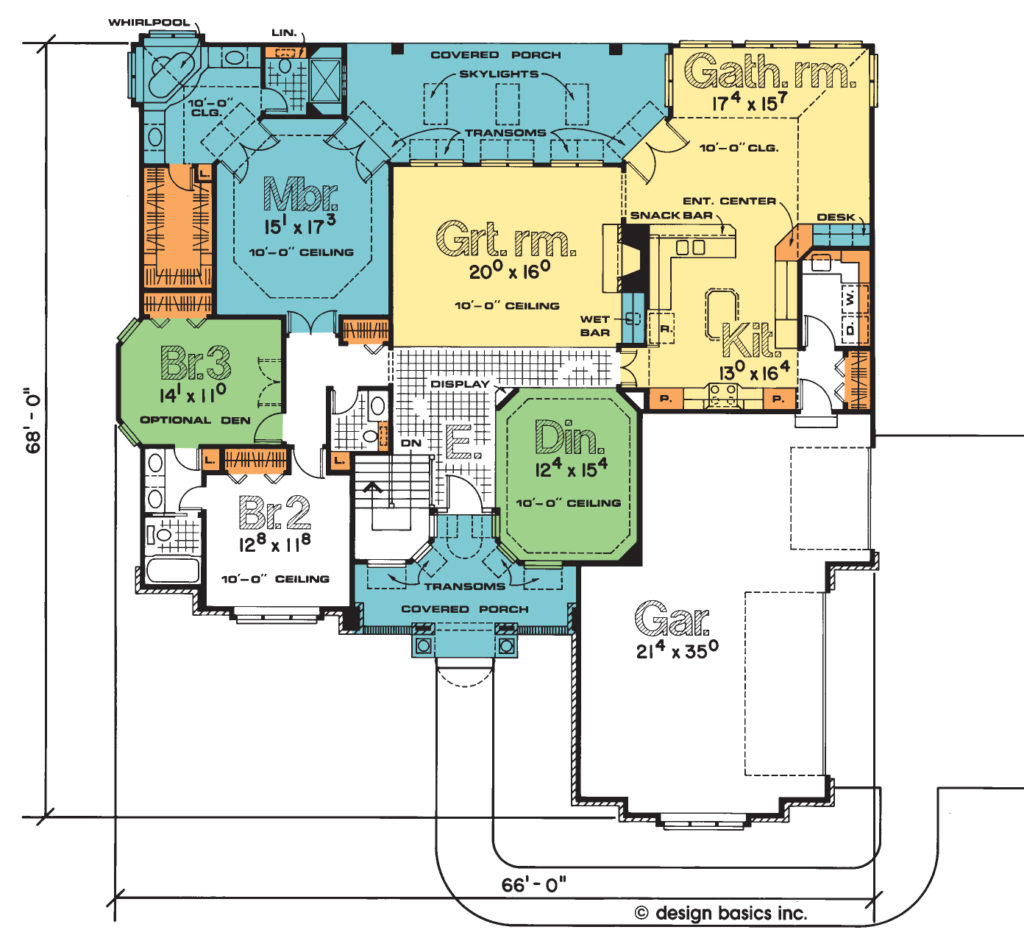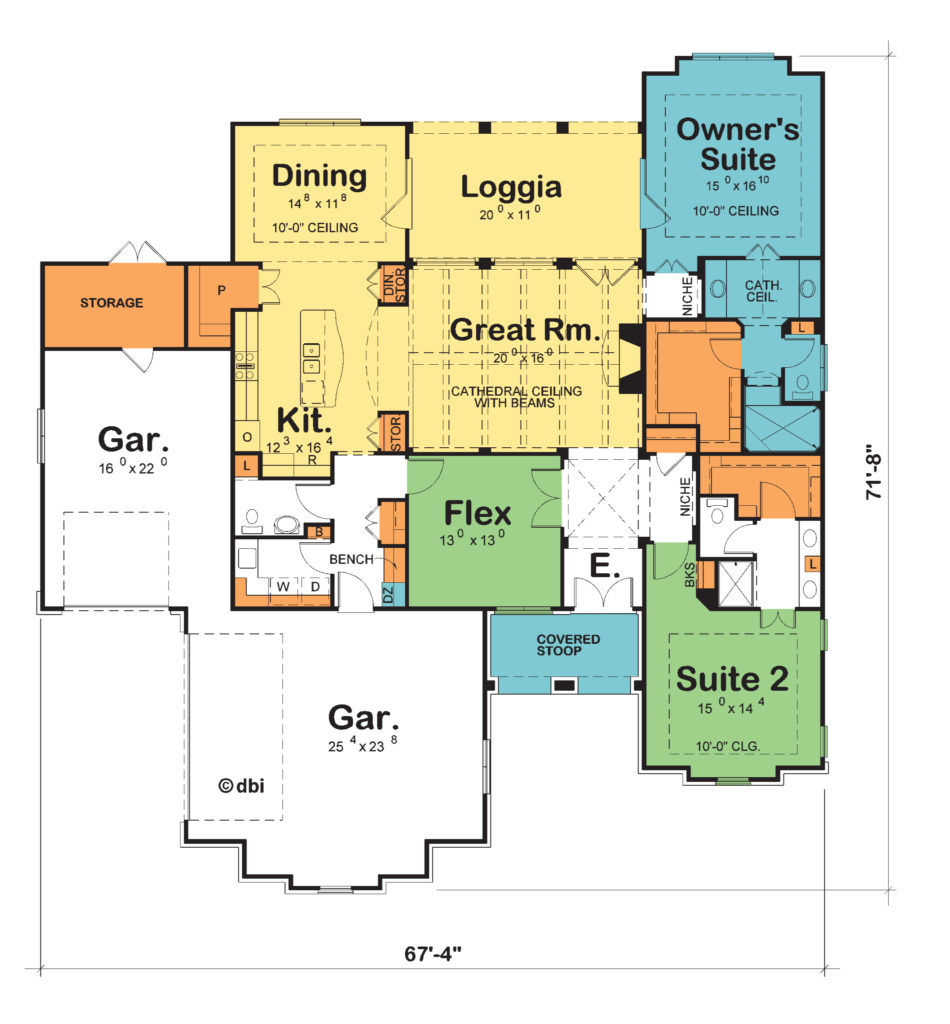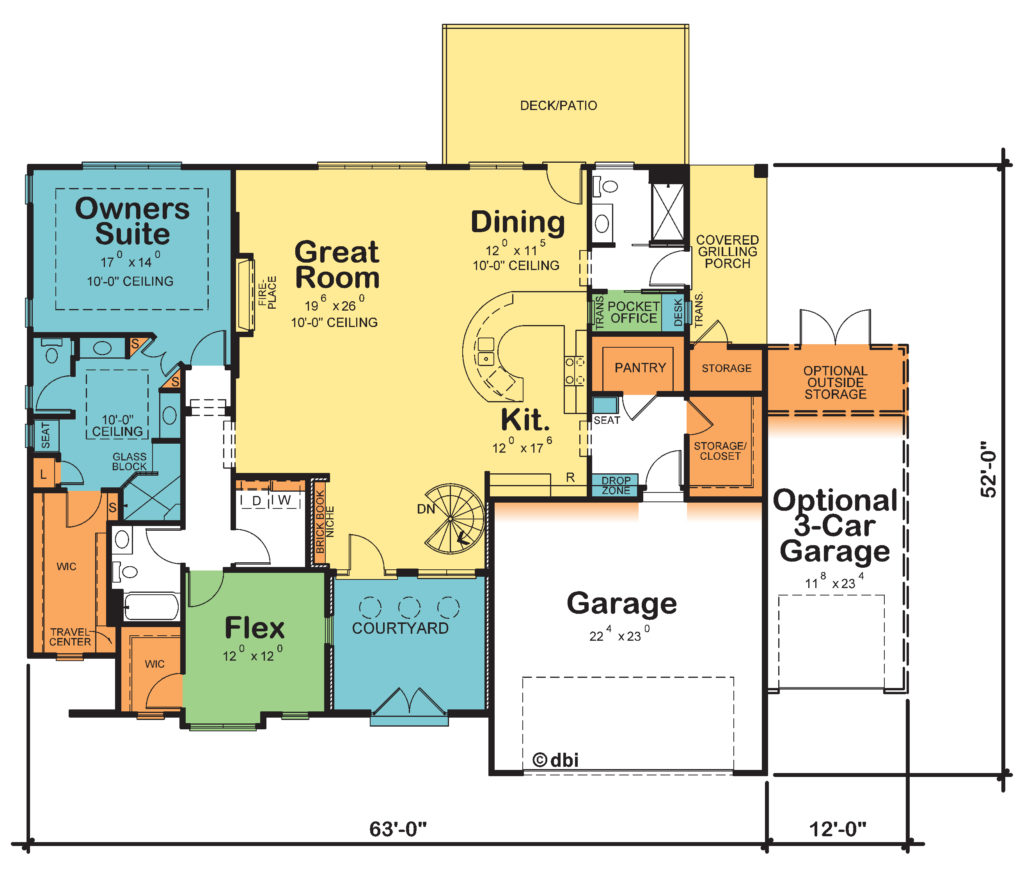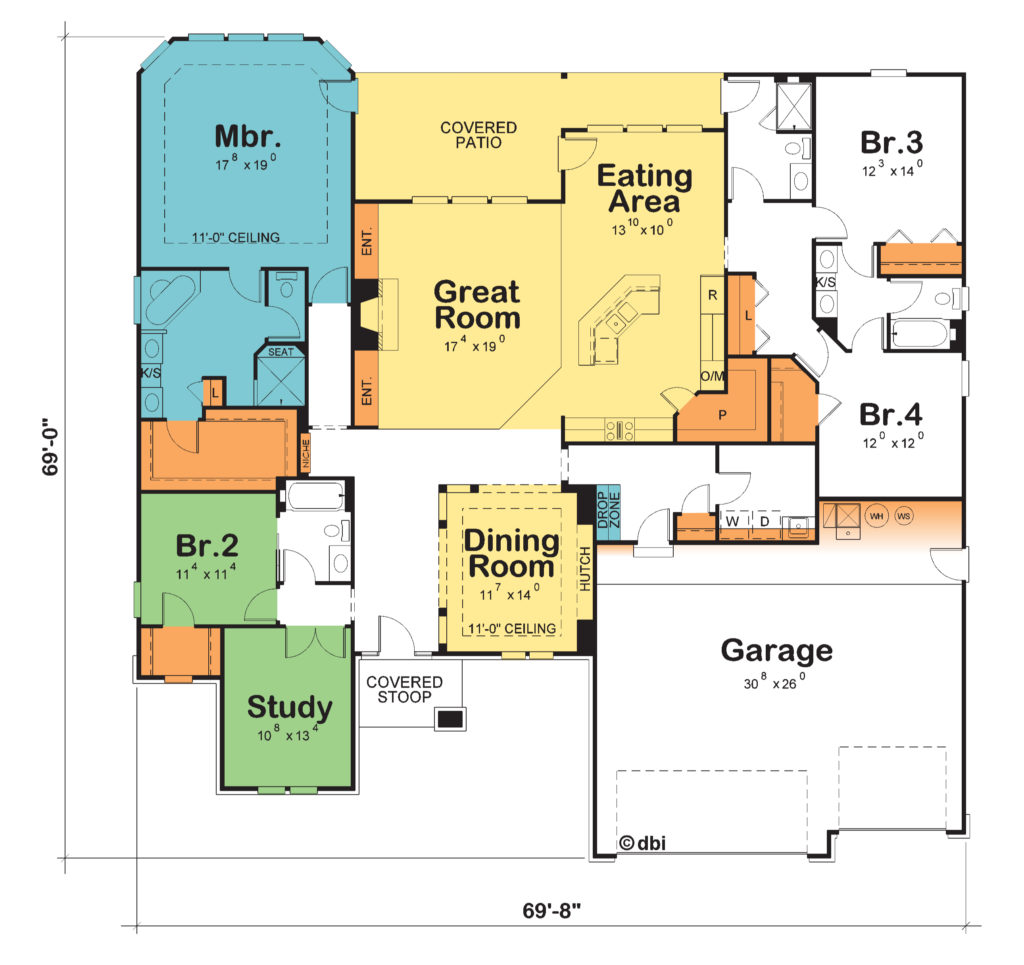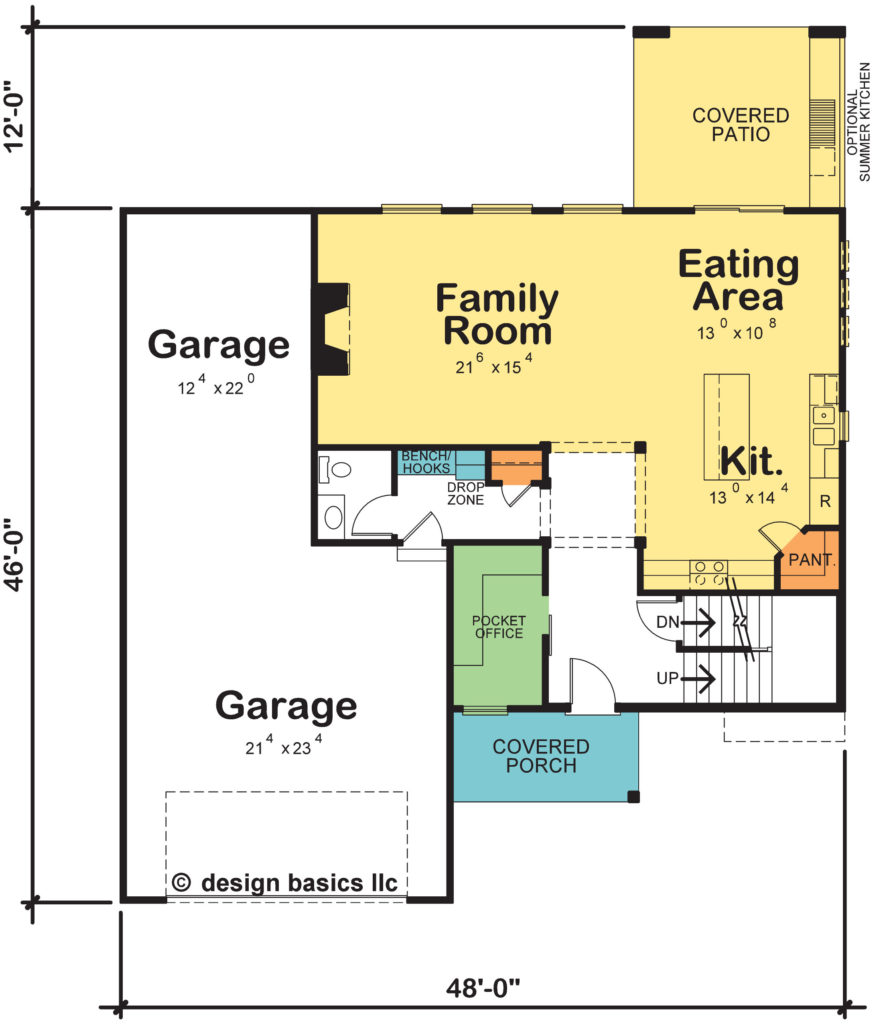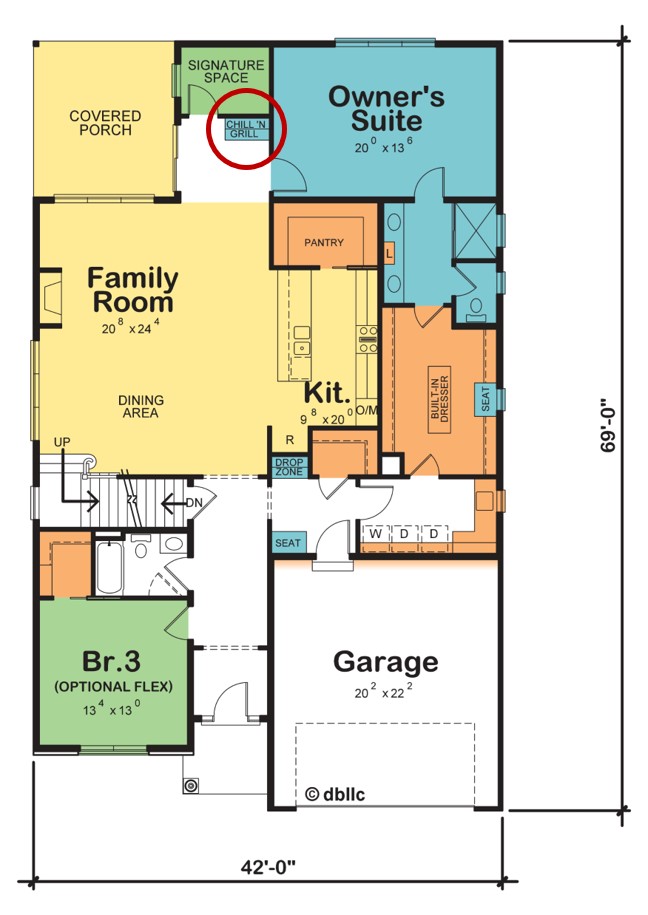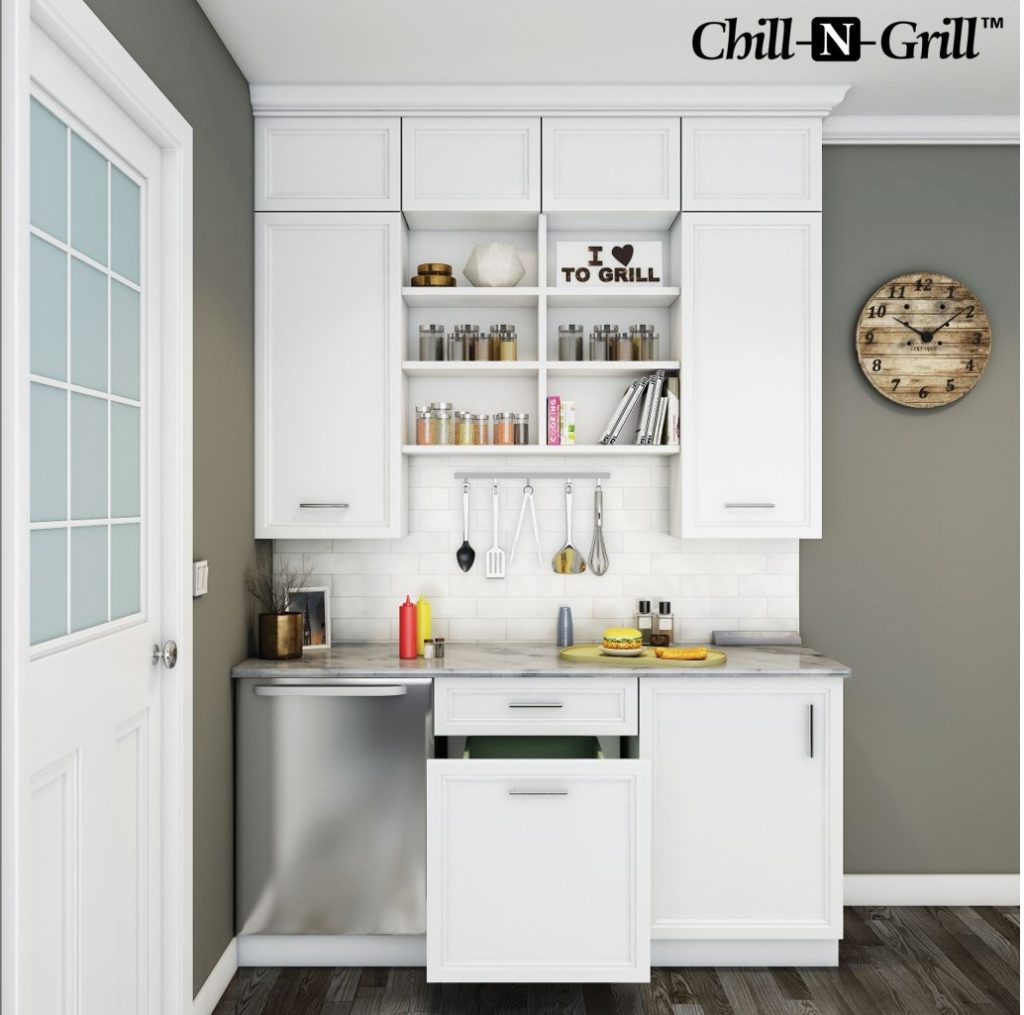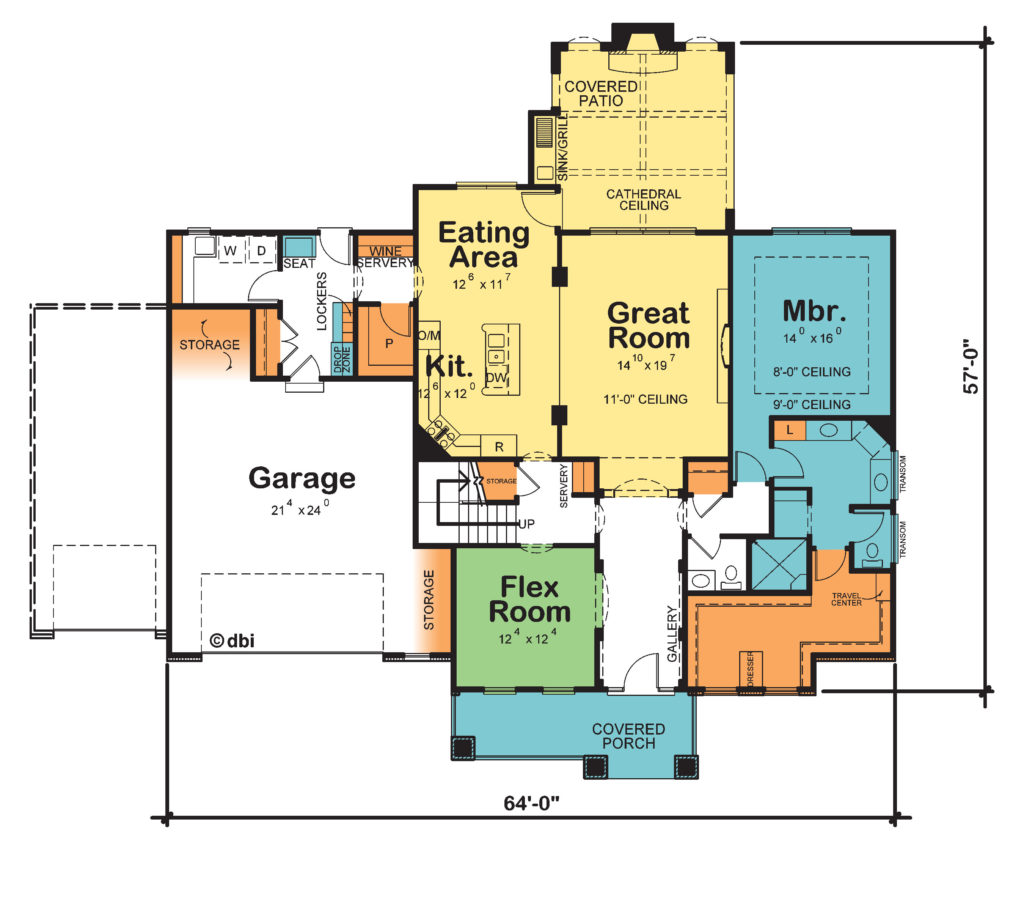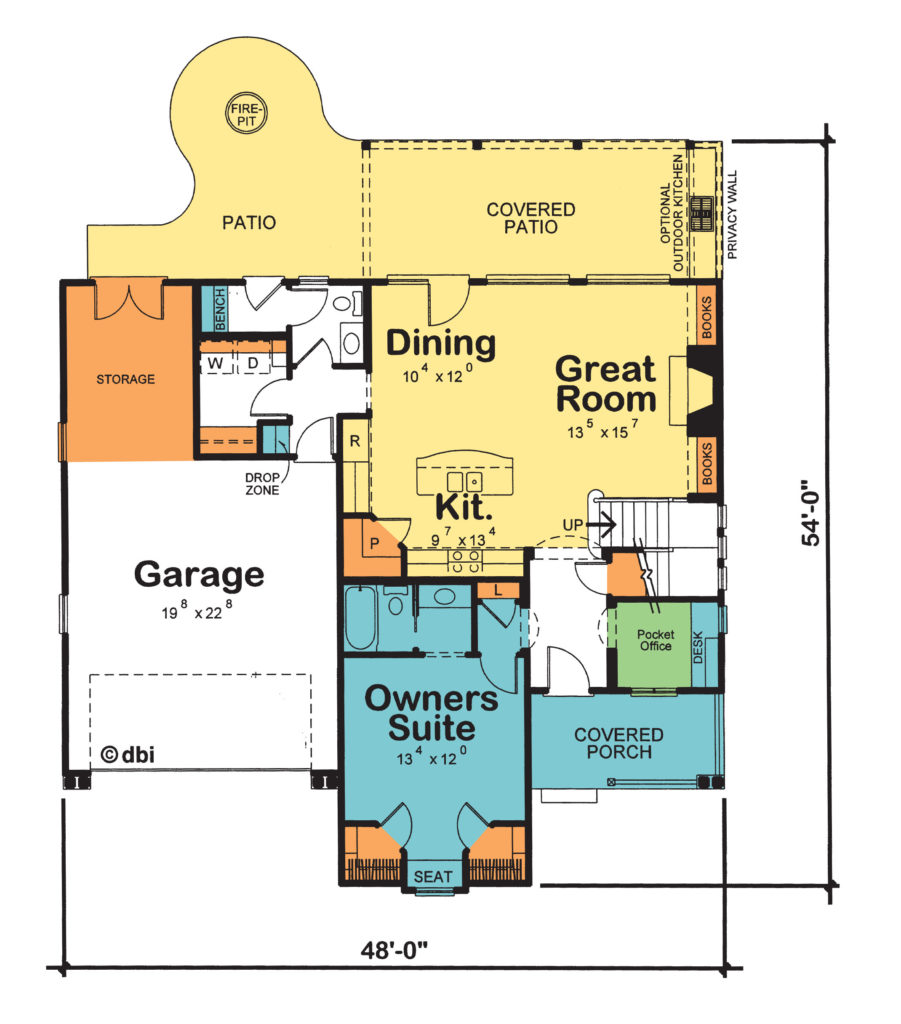
Location, Location, Location
If you are looking at a home’s cost per square foot and that cost includes the homesite, understand that building lot costs vary widely.
The location of your building lot encompasses several factors. Neighborhood amenities such as walking trails, public spaces, playgrounds, or a fitness center are costs absorbed into each building lot. Location, and proximity to schools, restaurants, shopping, health care, etc., will impact desirability, which will show up in the lot costs. And while the National Association of Home Builders found that on average 14.6% of your new home purchase price is due to regulations imposed during the lot’s development, that can vary greatly by neighborhood, too.
Of course, the size of the homesite generally correlates to its cost, at least within the same subdivision. Specific lots, such as a building lot at the end of a cul-de-sac or one that backs up to a small lake or golf course, may cost more. There can also be higher costs associated with lot specifics. For example, a sloping lot may require a costly retaining wall. Or the unexpected presence of rock when digging a basement foundation.
A loose rule of thumb is that finished lot costs represent 20%-30% of your new home purchase price. On average, $100,000 of a $400,000 new 2,500 square foot 2-story home can be attributed to the lot cost. Or $40 per square foot of the $160 per square foot overall cost of that home. But on the low side, an $80,000 building lot ($380,000 purchase price) nets you $152 per square foot, while a $120,000 homesite ($420,000 purchase price) works out to $168 per square foot.
Finally, though not directly a land cost, neighborhood covenants can impact your home’s cost. Restrictions prohibiting outdoor structures such as sheds encourage more expensive 3-car garages for that needed extra storage. Or maybe the garage door(s) cannot face the street. Side-entry garages are typically pricier due to added windows, masonry, etc., on the garage side that faces the street, plus the higher costs of a longer driveway.
Windows on a side-entry garage as seen on the Cedar Farm plan #42385W (top) vs. a front-entry garage as seen on the Cedar Creek plan #42340W (bottom) can have significant impact on cost.
From landscaping requirements to exterior finish specifications, the same home design built in two different neighborhoods can have a very different cost per square foot!
Next time: Intangibles and hidden costs.
For more resources on thoughtful design and products for the home:
- Read more on our blog
- Browse our Her Home™ Magazine
- Thoughtful Design Concepts
Cover photo: <a href=’https://www.freepik.com/free-photos-vectors/people’>People photo created by prostooleh – www.freepik.com</a>
